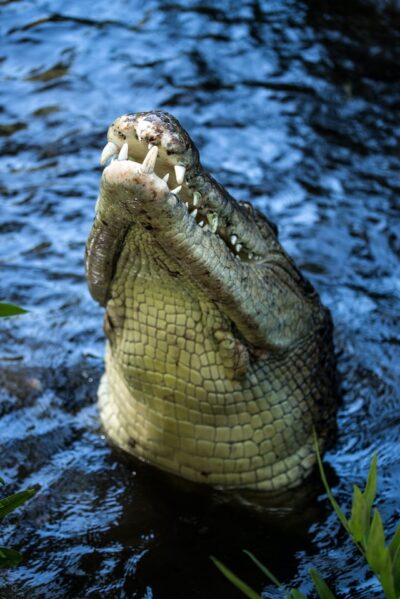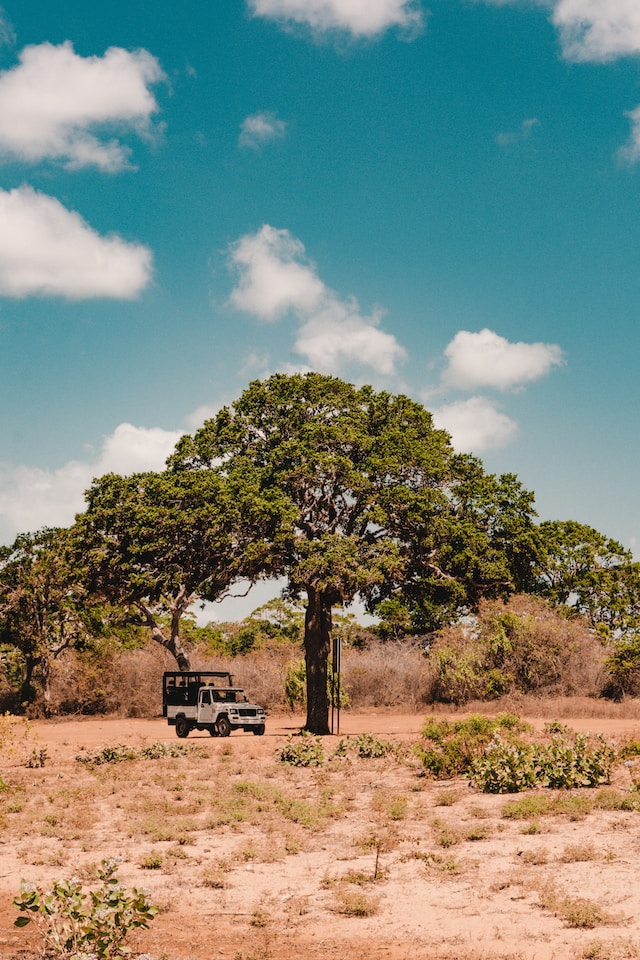The blue whale (Balaenoptera musculus) is the largest animal ever known to have existed on Earth. Although the world is home to many incredible and fascinating creatures, the blue whale is unique in its class. whale watching tours in Sri Lanka give an opportunity to see these gigantic animal in close proximity.
Being able to see these gorgeous animals up close will be a dream come true of anybody. For several years , Sri Lanka has been able to brag about being the best place in the world to see Sperm and Blue Whales as they journey long distances to warmer hunting grounds in the Bay of Bengal.

Interesting Facts about Blue Whales
1. Blue Whales can Grow More Than 100 Feet Long
Blue Whales are gigantic. typically measuring 80 to 100 feet in length. The impressive 108 feet was the length of the longest one ever recorded. That is equal to the length of three buses parked end to end in a row.
2. Blue Whales can Weigh as Much as 30 Elephants
Blue Whales typically weigh between 200,000 and 300,000 pounds, or around 100 and 150 tons. Some of them can weigh up to 220 tons, or 441,000 pounds. To compare blue whales with elephants, 30 elephant or more may be required to match the weight of one blue whale.
3. Blue Whales have the Biggest Babies on earth
Blue whale calves are among the largest full-grown mammals at birth and are easily the largest infants on Earth. They are born at about 8,800 pounds and about 26 feet in length. Every day, they acquire 200 pounds.
4. Have Big Hearts
The blue whale has a massive heart. It weighs over 400 pounds and is about the size of a small car, making it the biggest heart in the animal kingdom. The enormous heart of a blue whale may only beat twice each minute when it dives.
5. Loudest animal on earth
Blue whales are the world’s loudest animal on earth and Others can hear their language of pulses, groans, and moans up to 1,000 miles distant.
6. Diet Of Blue Whale Calves
Since blue whales are mammal, they feed on their mother’s milk after giving birth. For the first year of their lives, blue whale calves can drink up to 150 gallons of milk per day.
7. Main Food source of Blue Whales
Krill, a species of crustacean that may be found all over the world, is the blue whale’s main food source. Up to 40 million krill, or 177,000 pounds, can be consumed in one day by a fully developed blue whale.
What is unique about Sri Lankan Blue Whales
The blue whales in Sri Lanka are distinctive because certain colonies of these blue whales stay in the same place all year long, unlike most whales that migrate thousands of kilometers annually in search of food. As a result, Sri Lankans can observe whales all year round, but there are peak months when migrating whales join the feast.
Top places to do Whale Watching in Sri Lanka
- Mirissa
- Trincomalee
- Kalpitiya
- Weligama

Whale Watching in Mirissa
Mirissa is regarded as one of the best places in the world to view blue, sperm, and killer whales. Due to the stunning beaches and better-organized whale viewing infrastructure in the area, this is the most well-liked of Sri Lanka’s three whale watching locations.
In Mirissa, whale watching excursions often leave at 6 or 6:30 am and run up to 5 hours. In the event that there are no sightings, trips may occasionally be extended by 6 to 8 hours in the hopes of spotting whales.
The magnificent Blue Whale is thought to be the species that you are most likely to see here, but other species, like the Fin Whale, Humpback Whale, and Byrde’s Whale, can also be seen. Mirissa’s whale viewing season runs from November to April, with the busiest months being December to April.
Whale Watching in Kalpitiya
Kalpitiya, a small coastel town, located 2 hours drive from Colombo, offers a more calm environment. You can go to the Western seaside village of Kalpitiya if you find the South of the island to be a little too commercial for your tastes. The peaceful fishing village, famous for its lagoon and Dutch Bay, is also well-known for the migratory whale population that frequents its waters.
Regular boat tours leave from the Kalpitiya Beach to view a variety of whales. The Sperm Whale is the most prevalent whale species in this area, although occasionally you may also see Blue Whales, Minke Whales, Melon-Headed Whales, and Dwarf Sperm Whales surfacing. Even orcas have been seen just beyond the waters of Kandakuliya.
Whale Watching in Trincomalee
Trincomalee is becoming as another important whale-watching location on a global scale, especially in light of the most recent opening of the Whale & Dolphin Watching Tours in Mirissa.
Even though Trincomalee is most renowned for its incredible surfing, it is currently one of the greatest places to see these whales. Trincomalee, which is located around two hours from Pasikuda, has a number of whale-watching locations, although the beaches of Nilaveli and Uppuveli are arguably the most well-known. Also there are bottlenose dolphin pairs, behaving as adorable as ever in the water. The occasional orca may also surface, though this is rare.
Usefull Tips for whale watching in Sri Lanka
Whale Watching Tours in Sri Lanka remain an uncontrolled industry. As a result, each operator determines the safety elements of the rides. The condition of the boats might also vary. So when you are on a whale watching tour in Sri Lanka, make sure to follow these guidelines.
- Make sure you are happy with the boat and the life saving equipment
- Pick a experienced operator who knows where to go for best viewing
- Do not feed the animals.
- Do not encourage the navigator to go closer than necessary.
Type of whales you see in a Whale Watching Tour In Sri Lanka
- Blue Whale
- Byrde’s Whale
- Fin Whale
- Humpback Whale
- Killer Whale
- Minke Whale
- Sperm Whale
- Melon Headed Whale
- Omura’s Whale

Whale Watching Seasons in Sri Lanka
- Mirissa – December to April
- Kalpitiya – November to April
- Trincomalee – May to October
Things to know before Booking your Whale Watching Tour
Booking your whale viewing expedition need not be challenging because there are several whale watching tour providers. For adults, a trip typically costs between USD45 and USD60, while for youngsters, the price is around half that. Onboard refreshments are typically part of this. Be careful to pick a trustworthy and ethical whale watching tour operator when selecting a whale-watching excursion in Sri Lanka.
For the protection of the whales, it is crucial to take an ethical tour since it assures that the right procedures are followed. Unfortunately, Sri Lanka has a large number of unethical whale watching trips. These businesses overcrowd the whales and pursue them ruthlessly, paying little attention to their welfare. It’s crucial to ensure that any interactions with animals are wholly ethical wherever you are in the globe.
Image courtesy of NOAA Office of National Marine Sanctuaries, kwan kwan, José Ozorio via creative commons licenses. some rights reserved.
Ceylon Hunt has tour packages which facilitate whale watching tours in Sri Lanka and you can check them going through our Nature Trail – Sri Lanka tour package or make the resevations through our website.






